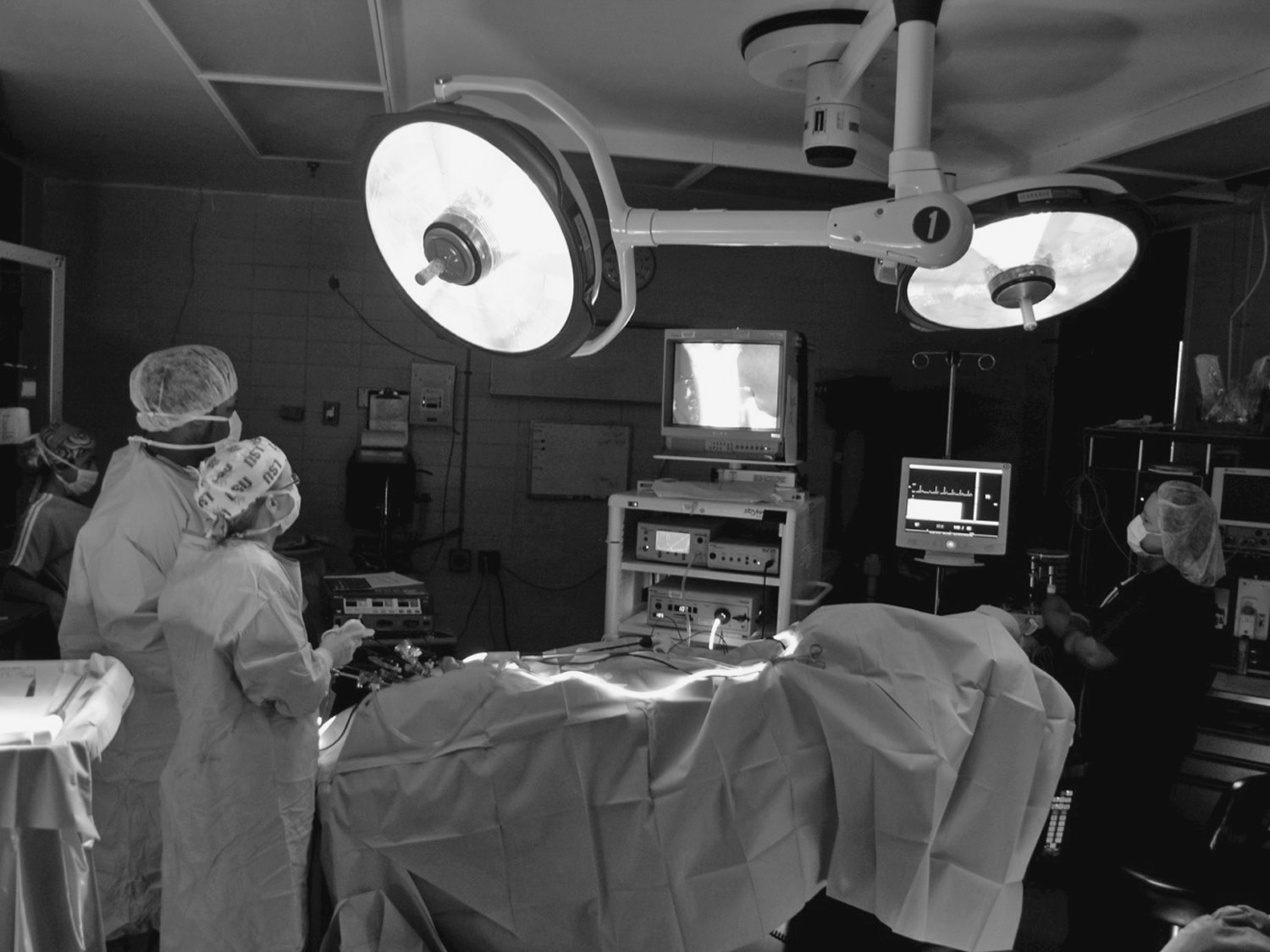Dnr Orders In The Operating Room

Dnr orders in the operating room.
Dnr orders in the operating room. Automatically suspending a do not resuscitate or allow natural death order during surgery undermines a patient s right to self determination 13 professional organizations support developing policies to address do not resuscitate or allow natural death orders in the operating or procedure room 9 13 17. Anesthesiology march 2016 variation in expert opinion in medical malpractice review. 26 issue that a policy of required re. The operating room continues to be a difficult environment for implementation of dnr orders primarily because of the intimate relationship between the practice of anesthesia and resuscitation itself.
Search for other works by this author on. Regarding the principle of distributive justice a resuscitation policy that allows patients with dnr orders to refuse resuscitation in the perioperative period would be expected to conserve operating room and intensive care resources in a population with a limited likelihood to benefit from these procedures. Patients with dnr orders in the operating room. 250 257 pmid.
After hearing the explanation of how anesthetics are managed some patients felt that ventilation in the operating room was a different circumstance and that the dnr order should be suspended. Dnr means do not resuscitate dnr orders are written instructions from a physician telling health care providers not to perform cardiopulmonary resuscitation cpr. Background because of the rapid physiologic changes that may occur inside of an operating room or patients and families may be unaware of the resuscitative efforts and management plans that may happen inside of them many health care institutions have practices and policies which automatically suspend do not resuscitate dnr orders when patients go to the or. A survey of anesthesiologists opinions and concerns.
Surgery resuscitation and outcomes. Study to understand prognoses and preferences for outcomes and risks of treatments. Providing an evidence base for ethical management of do not resuscitate orders. Well in the operating room that to me is like hallowed ground.
In fact there is a much greater likelihood of quickly and successfully reversing a cardiopulmonary arrest related to the anesthesia or the procedure. Cpr uses mouth to mouth or machine breathing and chest compressions to restore the work of the heart and lungs when someone s heart or breathing has stopped.













































